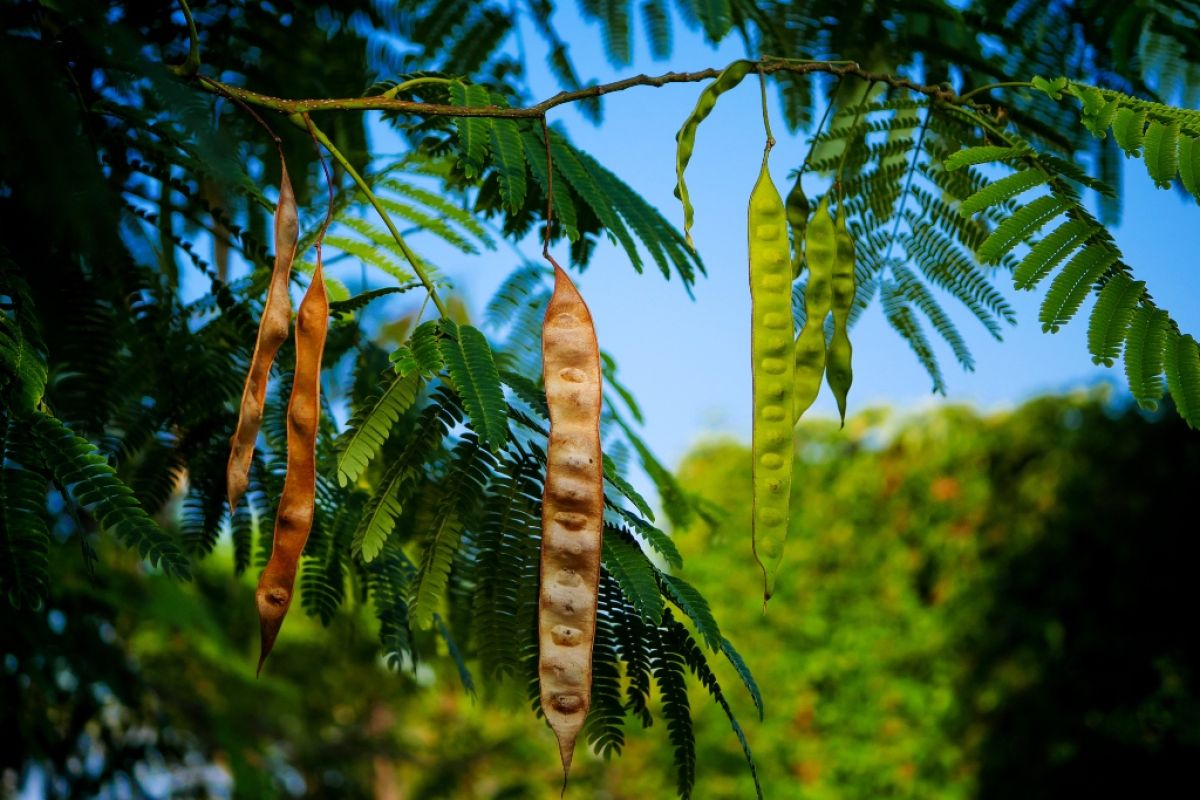Focus on Flowers
The mimosa, or silk tree, with the botanical name Albizia julibrissin, was brought to North America in the 1700s by a French botanist. It is native to Asia and extremely fast growing, often reaching 50 feet. It has pollen-rich pink blooms in summer. The ferny leaves look attractive, but the species is highly invasive.
You do not want it anywhere near your garden, as it self-seeds aggressively and many people, including me, are highly allergic to its pollen. It competes with native trees for light, water, and nutrients and does not support native wildlife. The seed pods each have up to 10 seeds and are toxic if ingested by dogs, livestock, or people. The seeds are distributed by wind and water and can travel long distances before germinating.
Mimosas are categorized as "trash trees" by horticulturalists and experienced gardeners. Naive gardeners like them as they grow fast and quickly provide shade in a yard. But their seed pods make a mess on the ground and produce many seedlings.
The tree's wood is weak and brittle, so the branches can be dangerous during storms. The wood also often crumbles as a result of wilt and webworms. The root systems are especially dangerous as they quickly damage house foundations. These are trees that damage the ecosystem in a variety of ways, so it is wise to pull up seedlings that sprout in your yard from neighboring trees.
This is Moya Andrews, and today we focused on the mimosa tree.










